The last plane of motion that can either get overlooked or over utilized is movement around the transverse plane. This is also known as lumbar rotation or twisting; imagine looking over one shoulder behind you and you are twisting at your low back. This motion can either quickly relieve your pain or quickly irritate your sciatica pain symptoms due to a couple different factors:
- The cause of the pain. If the pain is due to a herniated disc, you may want to turn away from the pain. If the pain is caused by arthritis and a narrowing of the intervertebral spaces, then turning towards the side of pain may be helpful. (Take note, that turning is very different from leaning, which is called “side bending” and the rules are often reversed in this motion).
- If you exhausted the other planes of motion which include: forward/backward bending (aka flexion/extension in the sagittal plane), and side to side (aka lateral flexion in the frontal plane)
- The degree of which rotation occurs. The range of motion in this area is pretty vast, meaning that its a possibility to experience relief in just small motions, or really large motions, and vice versa with pain irritation.
- If your pain is caused by a position issue, movement issue, or stability issue. If it is a movement and positional issue, rotation can help as it can help “restore” motion to the joints, allowing the nerves to run free through your spine and down your leg. If it is a stability issue, rotation may be one of the contributing factors to your pain and we would need to work on minimizing motion.
You can work rotation into your daily routine by simply twisting. There are usually three positions in which twisting can occur, in standing (the greatest spinal load), sitting (less spinal load), or laying down (the least spinal load). I like to start with the least load and then build up from there. You can also choose to rotate at the shoulders or rotating at the hips (video samples from our Sciatica Protocol). Each body part will have a separate impact on how the spine moves (unlike a door hinge that often just moves at one specific point).
The last thing to consider, but one of the most important factors is the direction of movement. Unfortunately MRI’s and X-rays are so sensitive (to detect fractures and cancers) it becomes increasingly difficult to diagnose the cause of pain via imaging because of many factors (radiologist bias, asymptomatic presentation, etc.). The best way to determine whether your twist left or right is to see which one makes you feel the best. You are your biggest advocate for your care, and your response to stretches and exercises will determine your recovery.

